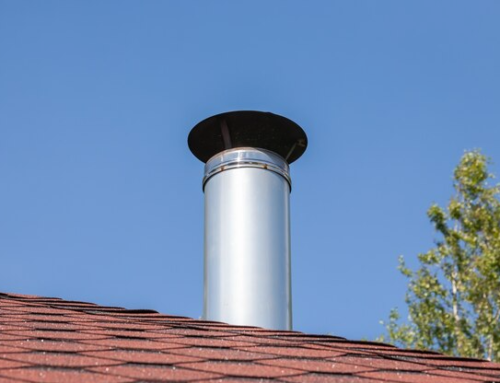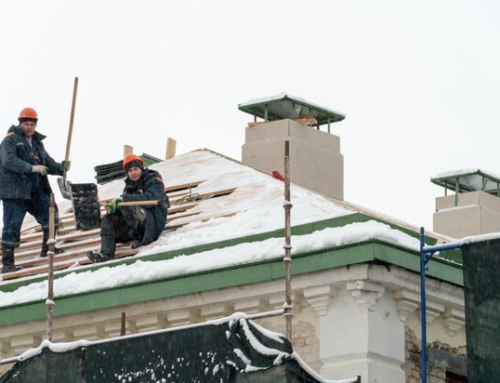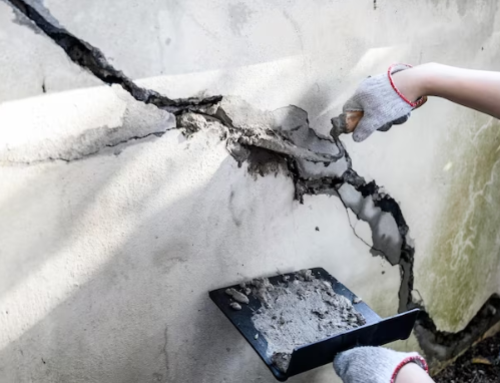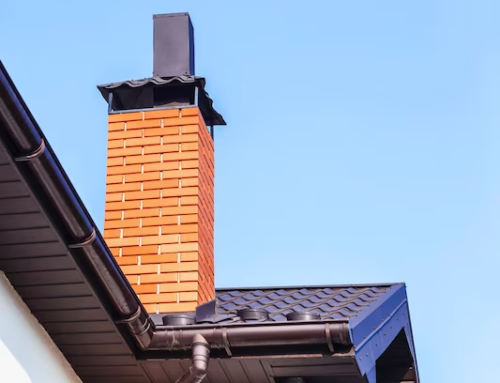Chimneys were assessed in the 1940s by the National Bureau of Standards who made a startling statement in their report: the wooden construction material surrounding an unlined chimney could catch fire in under 4 hours.
This discovery led to the introduction and widespread adoption of chimney flue liners. Today, local building codes dictate that every residential chimney should have a proper flue liner. However, just like all other components that make up a chimney system, flue liners can deteriorate and become damaged over time.
The following are some of the major hazards that are associated with cracked flue liners.
House Fire
When it comes to fire prevention, the role of a flu liner is so critical that you should refrain from lighting a heating stove or the fireplace completely if it’s damaged. Most flue liners in modern homes are made from clay tile because it’s effective, durable, and inexpensive. However, clay liners are known to sustain cracks and fractures after a few years of heavy use. The corrosive gases and high temperatures in the flue can cause the tiles to burst, warp, or crack. These creates a risk of the heat from the fireplace escaping the chimney and damaging the construction material that surrounds it.
Also, creosote buildup in the flue liner can ignite the exhaust fumes rising from the fire. In fact, many a homeowner is shocked to discover that a fire had broken out in their chimney after a chimney inspection report reveals fire damage in the flue liners.
Toxic Gases
The primary purpose of the flue liner is to prevent toxic exhaust gases from escaping into the home. Even minor cracks can create a passage for dangerous gases to seep into your living space. One particular gas that can be particularly dangerous is carbon monoxide. It’s a colorless, tasteless, and odorless gas that is almost impossible to detect without a CO detector. It can accumulate to deadly levels without you even noticing, and prolonged exposure can lead to a wide array of health issues and even death.
Chimney Damage
The acidic byproducts of combustion can cause corrosion in the chimney’s interior over time. If they flue liners has cracks or holes in it, these acidic substances can escape and damage the mortar and brick that are in the chimney as well.
CT Chimney Repair offers professional chimney repair and rebuilding services at reasonable rates all across the state of Connecticut. Get in touch with our chimney experts today for further information.







